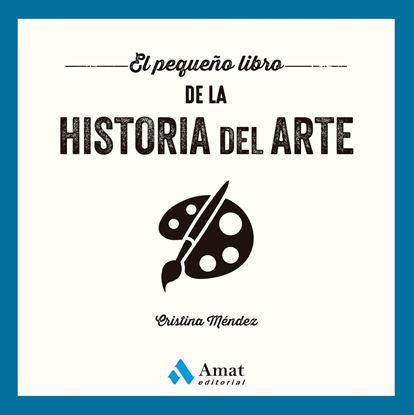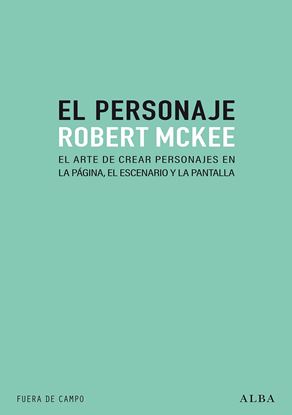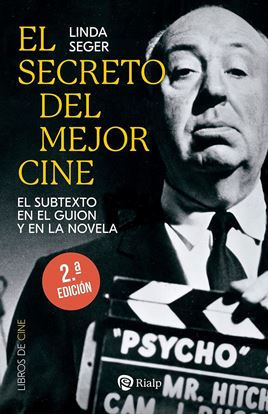

EL LIBRO DEL DISEÑO
Una visión fascinante de los movimientos del diseño, que muestra cómo comenzó cada uno y describe su filosofía y estilo visual. El diseño está presente en todo lo que hacemos y fabricamos. Ha dado forma a nuestro mundo desde tiempos inmemorialesy sigue haciéndolo. El diseño es algo complejo: se cruza con el arte,la arquitectura, la publicidad y la artesanía, pero conserva su propiaintegridad. Es, en esencia, lo que da forma y encanto a los objetos funcionalesy un tono a la forma en que nos expresamos como individuos o empresas.
2,500
1,875
EL PEQUEÑO LIBRO DE LA HISTORIA DEL ARTE
El pequeño libro de la historia del arte es una obra sencilla, muy práctica y accesible, que te llevará de la mano a través de las distintas corrientes y épocas artísticas de la historia, y que te ayudará a entender a la primera las diferencias entre el Rococó y el Manierismo o entre el Modernismo y el Impresionismo, por ejemplo. Gracias a El pequeño libro de la historia del arte aprenderás de una vez la diferencia entre los órdenes arquitectónicos clásicos (dórico, jónico y corintio), y podrás disfrutar de las mejores obras artísticas de la historia de la humanidad a la vez que aprendes a situarlas en su contexto histórico y etapa artística. Descubre cómo la evolución de la historia del arte ha esculpido la sensibilidad artística actual y la forma en la que entendemos hoy el arte. En este pequeño gran libro hallarás información relacionada con: • Las primeras obras de arte de la historia de la humanidad, como las pinturas rupestres de las cuevas de Lascaux o piezas como la Venus de Willendorf. • Las maravillas del arte antiguo, como la tumba de Tutankamón, el Partenón o el palacio de Sargón II en Khorsabad. • Los tesoros del arte bizantino, islámico, románico y gótico durante la Edad Media. • Las mejores pinturas y obras de ingeniería del arte contemporáneo y sus autores, de Van Gogh a Andy Wharhol, de Gustave Eiffel a Frank Gehry.
950
713
EL PERSONAJE
¿Cómo crear un personaje? ¿Cómo conseguir que sea memorable, único, profundo y contradictorio? ¿Qué tienen en común Ulises, Carrie Bradshaw, Blanche DuBois y Walter White? El personaje es un recorrido por los fundamentos básicos para crear buenos personajes. Desde cómo Occidente se ha planteado a lo largo de su historia el arte de la poiesis, a las diferentes formas de abordar la construcción de un personaje, pasando por el análisis de personajes míticos de la literatura, del cine o de la televisión o cuáles son las claves para mejorar los procesos creativos.
1,995
1,496
EL SECRETO DEL MEJOR CINE
En casi todos los guiones hay palabras que expresan lo que dicen, y palabras que no. A veces son mentiras, y otras un modo alternativo de comunicación, indispensable para construir un guion excelente. Pero cabe también expresar ese mismo contenido mediante asociaciones de imágenes, objetos, nombres y evocaciones, que proporcionan al espectador la información que necesita para sospechar, alegrarse y amar, desconfiar o sorprenderse con los personajes, que adquieren una realidad inesperada.
El subtexto constituye un lenguaje indispensable para el gran cine, y también para la novela. Linda Seger elabora, como siempre de un modo sintético, un magnífico manual divulgativo para amantes del cine y de la creación literaria, novelistas y guionistas, pero también para academias y universidades, y para todo aquel que busca disfrutar y aprender con el buen cine.
995
746
EL TIGRE Y LA GUITARRA
El tigre y la guitarra es la historia de Yoichiro Yamada, un japonés que vino a España para ser guitarrista flamenco y jamás regresó a su país. Terminó abducido por dos mundos idílicos y en principio opuestos: el del flamenco que amaba y el de los samuráis de los que era descendiente. En su deriva no supo encontrar la salida a su propio laberinto. «¡Vuelve a casa!», le pedían sus amigos. Pero se negaba: no podía regresar porque no se había convertido en el guitarrista que soñó. El tigre y la guitarra nos habla del choque de universos paralelos, de pasiones y de obsesiones, pero también de hasta dónde nos arrastran nuestros pensamientos, del fracaso y de cómo los sueños que perseguimos pueden acabar persiguiéndonos.
995
746
EL UNIVERSO MUSICAL DE BACH
Bach fue un compositor prolífico cuyas piezas, que se esmeró en clasificar en diversas colecciones, forman un grandioso cosmos en el que todas sus inagotables ideas musicales encuentran su lugar. En este ensayo fundamental, Wolff ahonda en el análisis de su rica colección musical, que transciende las fronteras habituales entre épocas, géneros e instrumentos. Partiendo de una notable selección de piezas desde la temprana colección de las Seis tocatas para clave hasta obras tardías como El arte de la fuga y la Misa en si menor analiza en detalle el método compositivo de Bach atendiendo a la gran variedad de géneros instrumentales y vocales que abarca, ilustrativa de la profundidad y riqueza de su obra. Al rastrear la evolución del compositor, Wolff saca a la luz las aspiraciones y el legado de este gigante de la música de un modo innovador, desvelando la esencia de su arte a neófitos y expertos por igual.
1,995
1,496














